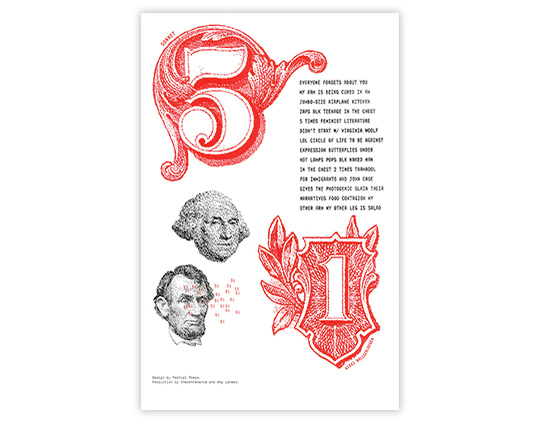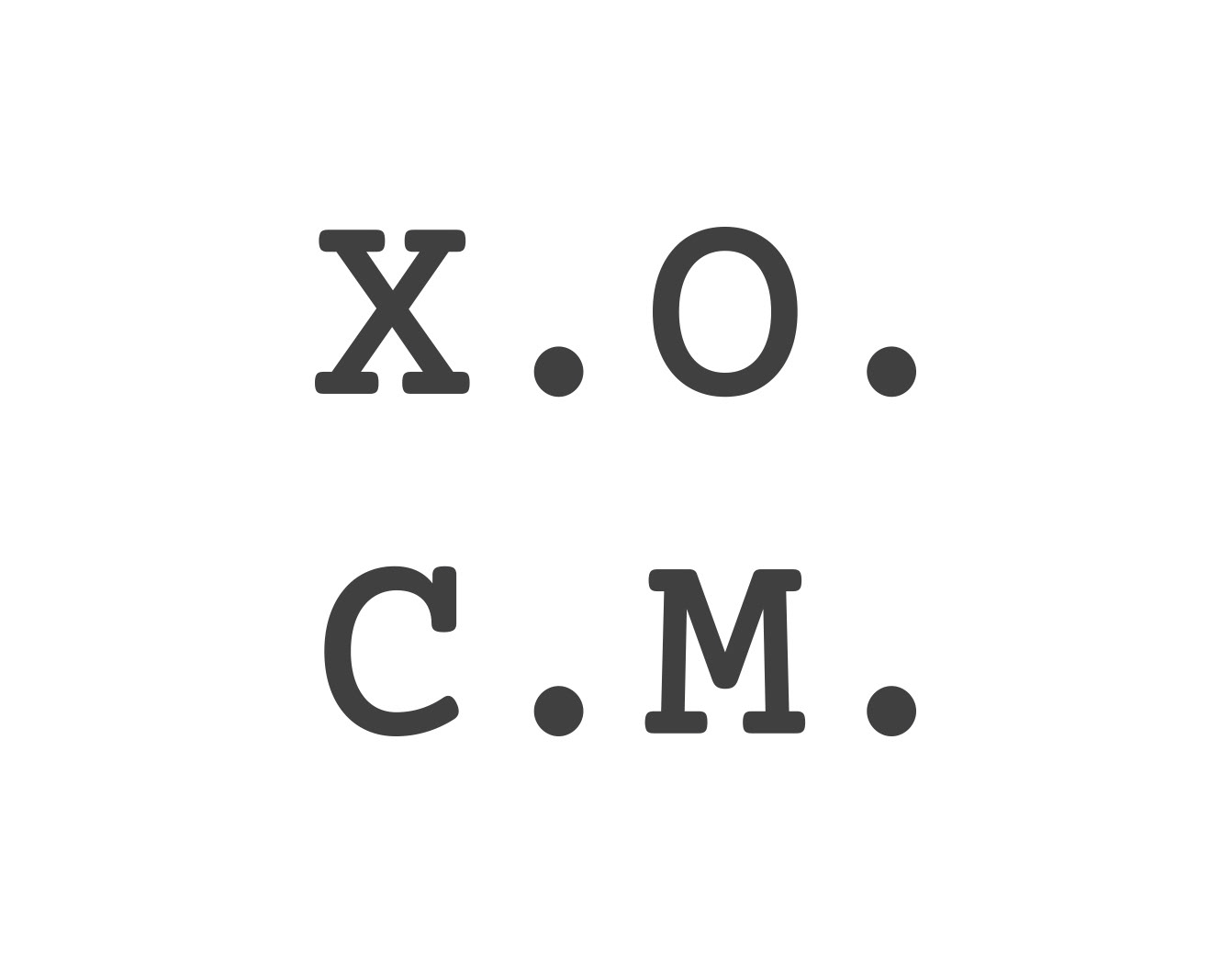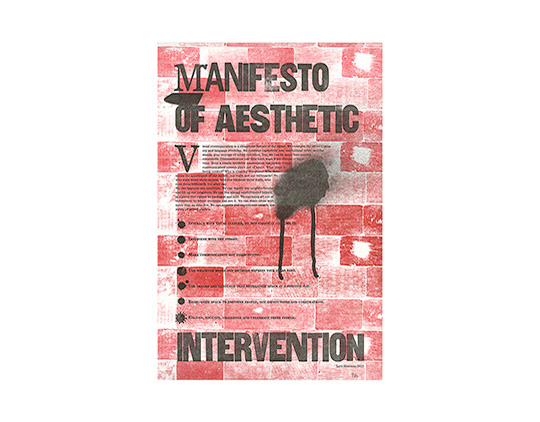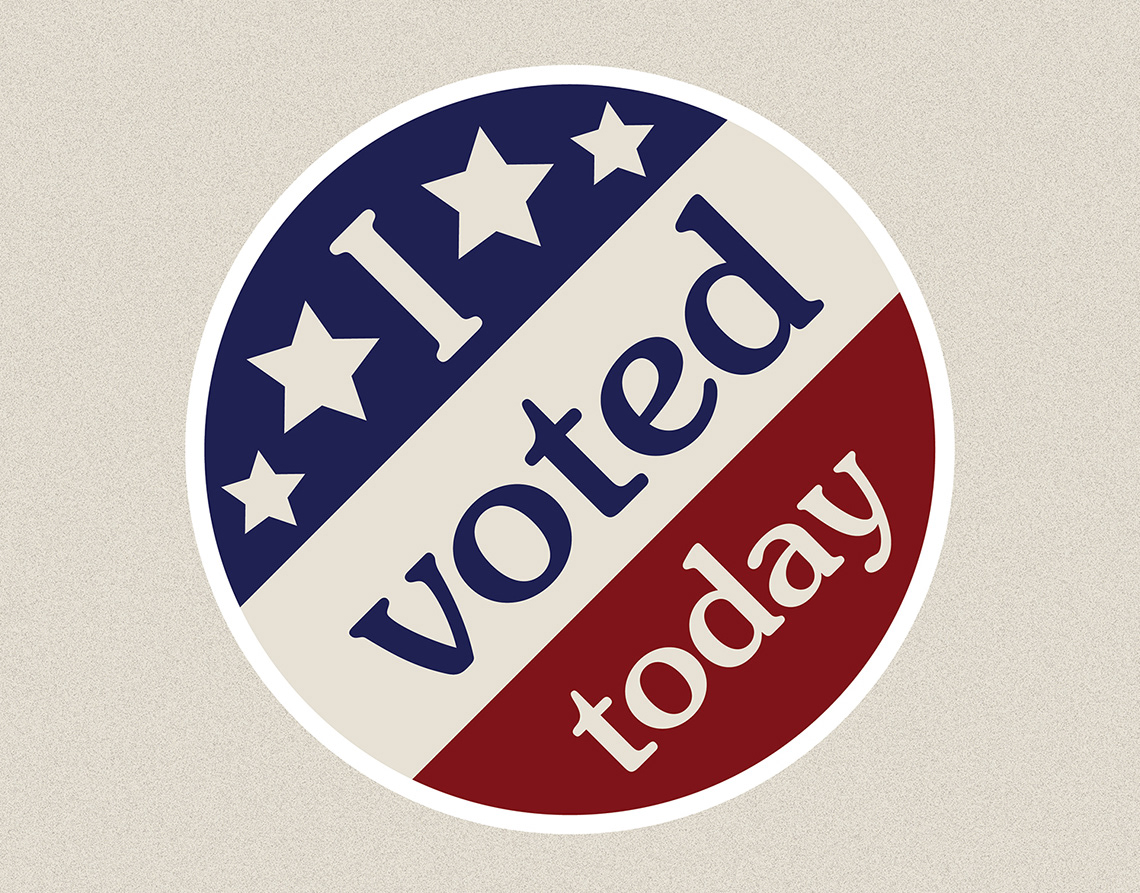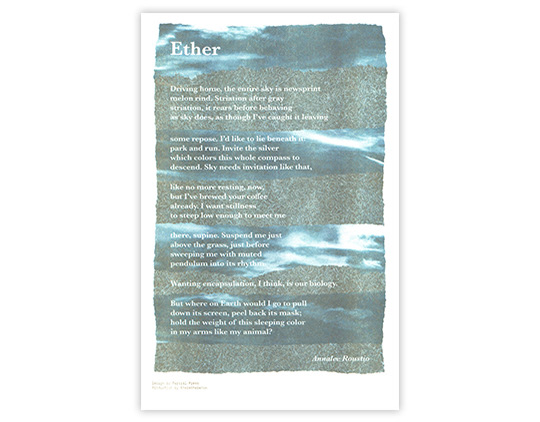Empire Coffee Roasters was an interdisciplinary tactical media project, with a functional coffee roasting operation at its core. Empire existed to show how branding and advertising in the coffee industry serve to mask and perpetuate social and economic injustice.
To that end, the brand was constructed to mimic and exaggerate certain features of the so-called third wave coffee culture. The name and logo reference the origins of trademarks and branding in mercantile capitalism and colonial joint-stock companies. From the Caslon typeface to the letterpress printing, the Empire identity shows that much of today’s fashionable visual culture is not so different than from the age of imperialism. This basic thesis is fleshed out through the rest of the project.
The Empire package design furthers the argument that the aesthetics of specialty coffee are those of mercantile capitalism. Brown paper, wax seals, letterpress printing and rubber stamps all speak simultaneously to today’s trendiest coffee roasters as well as the industry’s origins.
There are four blends, each named for the empire that brought coffee to the three countries from where the coffee originates (the British Empire blend, for example, contains coffee from former colonies Kenya, Papua New Guinea and Tanzania).
The packages do have a twist though—descriptions printed on the inside of the belly bands push further than the deadpan promotion of imperialism on the outside. Child labor and catastrophic weather are extolled for their benefit to the coffee industry in the same tone-deaf marketing voice that narrates how each land was colonized.
Specialty coffee’s aesthetics go beyond package design and copy writing. Store design and even the performative interactions between barista and customer are carefully planned and analyzed in the industry. Value is added to the consumer experience through education—the more the drinker knows about the origin of the coffee, the more they will enjoy it. Empire extends this information beyond the farm’s elevation or the varietal of the coffee plant. Empire educates customers about the colonial history of each blend, like the year that coffee was introduced, or when slavery was abolished or the country won its independence. Even the role of art in coffeehouses is critiqued as a device to tell customers happy stories about origin trips and philanthropic encounters between the employees and content farmers in the global south.
Empire’s website was a critical part of the project, serving to archive and showcase elements that viewers might not have come across elsewhere. In addition to a web store, the site housed a blog and certification system whereby users could nominate other coffee companies for Empire’s H.A.R.M. (Historical Awareness in Representations and Media) certification. With extended writings about the company’s mission and history as well as descriptions of the coffee blends, the website was the most complete critique of specialty coffee culture: a subtle, yet hyperbolic parody of some of the most sophisticated communication strategies in today’s marketing sphere. Still, the site had to appear legitimate so customers would make purchases (they did) and industry media outlets would buy into Empire and its certification (they did).
Empire’s print advertising was more subtle in its critique, since they had to pass the approval of the publications in which they ran. Trade magazines like Fresh Cup and Barista, often found in third wave coffeehouses, were targeted with the same message that consumers should be educated about the historical origin of their coffee in addition to its geographic origin.
Eighteenth and 19th century imagery was used in the ads to evoke all the loaded connotations of Atlantic trade in the imperial era. The ad copy presents the case that its history is just another important thread in the narrative experience that coffee consumption has become. Empire over-identifies with the specialty coffee industry’s values like transparency and ethical sourcing, essentially calling their bluff and showing what true transparency would look like.

